Here’s what we’ll learn in this article:
1. Why do people get SAD in the winter?
2. Why bright indoor lighting is darker than the gloomiest winter day
3. Why the quantity of light in our environment is just as important as quality
4. Hormonal impact of light + how much more light do the Amish get in winter?
5. Why are some Nordics happier in winter?
6. Four tactics Bohdanna and I use to beat the winter blues
The image of an open road ahead of us sparks feelings of liberation, and a future full of potential. Life may be a highway, but often it’s through a rollercoaster of revolution that we find what true north means for each of us. North is a direction that latches onto our cosmic wind with a magnetic power unseen.
How can we nurture our silent relationship with the stars, so that we can surf in tune with the magnetic waves of our biological destiny?
Anytime an electric field is present, a magnetic field is generated. All living creatures live in bodies electric. Throughout the day the electrical signatures of our brains and hearts vary, depending on the inputs of light our bodies receive. Light itself is an electromagnetic force, which liberates electrons for our organs to use on the superhighway of our élan vital.
As winter approaches, many of us may feel more tired as this is a time when we go within, cultivating the seeds of a brighter future for the following spring. This is the gift of darkness. Yet many of us shun the gift, and forget that what gives meaning to a full life is empty twilight.
“Is not the cup that holds your wine the very cup that was burned in the potter’s oven? When you are joyous, look deep into your heart and you shall find it is only that which has given you sorrow that is giving you joy.
When you are sorrowful look again in your heart, and you shall see that in truth you are weeping for that which has been your delight.”
-Kahlil Gibrain, The Prophet
Why do so many of us struggle to rest when Nature says it’s best?
Seasonal affective disorder (SAD), a type of depression that is typically felt with the onset of the fall and winter months, was formally recognized by the American Psychiatric Association in 1987. Symptoms may include:
Feeling listless, sad or down most of the day, nearly every day
Carbohydrate cravings, overeating and weight gain
Losing interest in activities we once enjoyed
Having thoughts of not wanting to live
Feeling hopeless, worthless or guilty
Low energy and feeling sluggish
Difficulty concentrating
Oversleeping
Hello Darkness my old friend
We may fear the dark, but it does not fear us until we become light. Before the light bulb was invented, humans relied on fire to live. Not only did fire warm the home, but fire was also a beacon of safety. Today our homes and streets have become a lighthouse that mainly directs lasers to electronic lifeforms dependant on a smartgrid for their survival. The modern office worker and home dweller has been tricked into thinking their environment is bright, when in fact nothing could be further from the truth.
Even the gloomiest, most overcast winter’s day is at least ten times brighter than the typical office.1
Brightness is measured in lux, which is the amount of light, or illuminance, striking a surface. A measurement of 1 lux is equal to the illumination of a one metre square surface that is one metre away from a single candle:
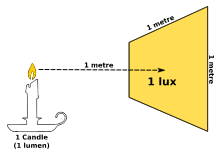
Why does this matter to us? Living systems are a power trio of light, water, and magnetism. Light is the drummer that sets our circadian rhythm, and these rhythms regulate our metabolism, the nervous and immune system, and our mood. For instance, bright light literally wakes us up due to the fact that blue wavelengths spike levels of cortisol, a hormone that keeps us alert. Although blue light has been shown to increase short-term cognitive performance, chronic exposure has many detrimental health effects.2
Quantity over Quality
Blue light can impair our bodies’ ability to secrete pro-growth hormones such as melatonin, whereas red light can increase our ability to repair by supporting the production of subcellular melatonin.3 When we don’t get the full spectrum, we burn the hottest part of our biological candle, and don’t allow the inner wax to build up over time.
The amount of light we get during our day may be a more important factor. Lack of bright light during the day makes us more sensitive to light at night4, which can then lead to poorer sleep.
Even though our screens and LEDs emit a light that seems bright, the total amount of light falling upon our skin and eyes is much lower than that of the Sun.
Our eyes perceive white and blue as brigther, but that’s not always the case. Some red light therapy devices emit more lux than white light therapeutics. The human visual system is remarkable, yet a poor judge of illuminance. Our workplace or home may seem bright, but this is only due to the fact that our eyes have adjusted to their surroundings. If you’ve ever turned off your bedroom light at night, initially you can’t see anything, but soon you’re able to make out most objects clearly. It’s a good thing - you wouldn’t want your partner to catch you desperately groping for your teddy bear in the dark.
Ride the lightning rollercoaster
Light may be counterintuitive, but getting outside doesn’t have to be. The Amish are no strangers to practicality, especially when it comes to harnessing the energy all around them. Even though the Amish live on roughly the same latitude as people in Beijing, Madrid, and New York, where the rates of SAD are 4.7 percent, the Amish have the lowest prevalence of SAD yet recorded in any Caucasian population.5
During the summer, the Amish are exposed to an average daytime illuminance of 4,000 lux, whereas the average Brit is exposed to 587 lux. During the winter, the Amish experience lower levels of daytime light - around 1,500 lux. However, for those dwelling indoors, the average daytime illuminance during their waking hours is just 210 lux, or seven times gloomier than those of the Amish.6 In most Amish homes, the average nightime illuminance is about 10 lux, which is at least three to five times lower than evening levels in electrified homes.
These large swings in lux are critical for our health, as our bodies are primed to respond to peaks and troughs of light throughout the day, rather than live in stagnation. When our circadian rhythms don’t have a strong amplitude, and we live in constant light conditions day and night, our bodies don’t get the powerful hormonal signal we need to function. Today we’ve stopped surfing the oceans of darkness, and have cast ourselves away on a flatlined beach of depression.
No bad weather - only bad mindsets
In parts of Scandinavia, people see no daylight at all for several months. Due to the tilt of the Earth, even when areas of the polar region are facing the Sun during daytime, inhabitants don’t receive any direct sunlight above the horizon. The town of Tromsø is some 400km north of the Arctic Circle in Norway, yet inhabitants fair quite well with their moods in winter. The Sun doesn’t even rise above the horizon between November 21 and January 21, yet studies have found no difference between rates of depression in winter and summer. This period of time is known as the polar night, or dark period. For several hours a day it isn’t dark, but more of a soft twilight. The abundance of snow also reflects what light there is upwards, bathing the village of wooden houses with a gentle pink hue that signals to all that spring violets are on their way.
Iceland also bucks the SAD trend, reporting a prevalence of 3.8 percent, lower than many countries to its south. Canadians of Icelandic descent living in the province of Manitoba experience SAD at half the rate of non-Icelandic Canadians living in the same place. While there could be a genetic reason why some individuals are less depressed in the winter, culture also plays a role. Epigenetics is the study of how our environment and beliefs shape our DNA. Icelandics are a prime example of how rugged landscapes have forged their sturdy dispositions.
When darkness descends, the Icelandic spirit ascends. Inhabitants know that the key to vitality is, well…staying vital! People go running with headlamps, take their dogs for a walk while on skis, and children play.
“We found that the further north we went, the more positive people’s minset were. In the south, people didn’t like winter nearly as much. But across the board, liking winter was associated with greater life satisfaction and being willing to undertake challenges that lead to greaer personal growth.”
~ Kari Leibowitz, Stanford psychologist studying the winter mindset (2015)
Bohdanna and I couldn’t agree more. Our winter begins in the fall - not with early renditions of Mariah Carey Christmas songs (Bohdanna won’t let me play those), but by waxing up our cross country skis, checking our snowshoes, and making sure we have enough candles to get us through those darker nights. We embrace the hygge mindset, or the Danish feeling of warmth and cosiness. We’ve learned that we don’t have to be vikings, but we can still be cozy.
Four ways to beat the winter blues
1 - Get out in the morning so we don’t go into mourning
Even on the darkest of mornings, Bohdanna and I ensure we get out for the Sunrise and our morning walk. The Sunrise allows our biological clocks to function optimally, so that we can go about our day and tackle the larger challenges in life, like convincing others to play Mariah Carey.
2 - Absorb infrared so we don’t feel dead
The invisible light we receive from the winter Sun also regenerates us. Out of all the types of light we get from the Sun, about 41% spectrally is near infrared. Because near infrared penetrates deeply into the body, over 70% of the sun's power we absorb is near infrared.
Our bodies have special receptors for red and near infrared light. The light particles are absorbed by our cells’ mitochondria, triggering biological signals that reduce inflammation, stimulate blood flow, oxygenation, circulation, muscle relaxation, and the production of energy at a cellular level.
Clinical studies have also shown7 that light therapies such as infrared sauna improves the connectivity of networks in our brain, enhancing our ability to process information.
3 - Fight your climate and change
While reading Childhood Unplugged by
, I was struck with her radical, yet effective approach of removing unnecessary technology from the home. Katherine compares the technological landscape of the home to an ecosystem. For example, when we introduce tablets to children in the house, we don’t get children + tablets, we get a household with tablets.Social critic Neil Postman describes technology as having an “ecological” effect, which Ms. Martinko cites in her article The Transformed Child:
“If you introduce a species to a particular bioregion, for example, you don’t get the old bioregion plus the new species; you get a whole new bioregion because you’ve altered the conditions. There are new interactions between species, new predator-prey dynamics, new competition for resources. Technology works in the same way.”
While we may opt to do a weekly digital detox, or eliminate tech use after a certain hour, the most effective way we’ve found to reduce blue light in the home is with an “out of sight, out of mind” approach. We keep our phone locked away in a box in the garage, and take it out only when necessary.
4 - Stay fat and happy
Depending on where you live, the colder months don’t allow you to grow papayas, or tomatoes for that matter. The only things “growing” outside are deer, wild turkeys, and cows that give us God’s gift - butter. Our ancestors were more prone to adopt a ketogenic diet in the darker months, lived off stews, and would chew - the fat. Since animal fats are solid at room temperature, they also tend to be shelf stable. Omega 3 fatty acids like the DHA found in grassfed butter are also very nourishing for our nervous system, as DHA allows the electrical circuitry of our nervous system to repair.8 We love making our butter permanently shelf stable by clarifying it, and putting it into a mason jar.
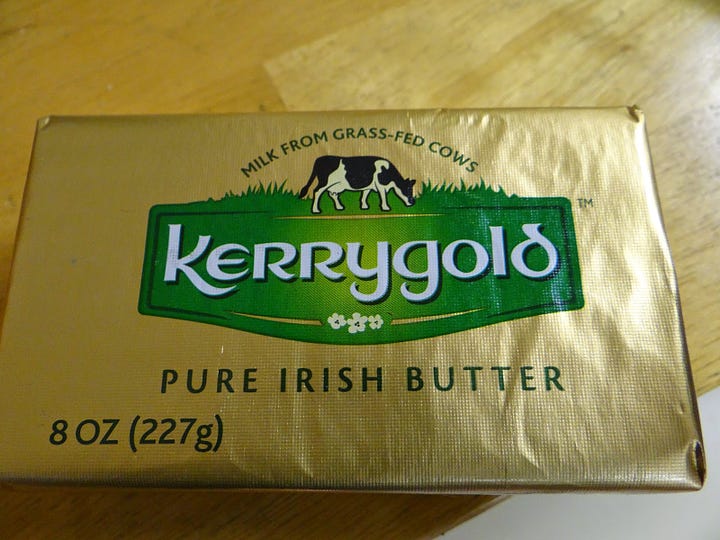

PRO TIP: Kerrygold is grassfed butter, but not always marketed officially as “grassfed” with other top brands, which makes it easier on the wallet.
Animal fats are another gift from God - they supply our brains and organs with the necessary fuel to live in colder temperatures, and allow us to make candles so that we don’t trip on our way to the cold cellar to grab that bottle of wine that’s been waiting for cheesy Christmas music.
Let’s all embrace that darkness together, and emerge full of light in 2025.
We are more powerful than we know.
Roman & Bohdanna
Additional Resource:
Our podcast with the founder of SaunaSpace, Brian Richards:
Support us at The Power Couple Bookshop - dedicated to making us relearn from our ancestors!
Wang L, Yu X, Zhang D, Wen Y, Zhang L, Xia Y, Chen J, Xie C, Zhu H, Tong J, Shen Y. Long-term blue light exposure impairs mitochondrial dynamics in the retina in light-induced retinal degeneration in vivo and in vitro. J Photochem Photobiol B. 2023 Mar;240:112654. doi: 10.1016/j.jphotobiol.2023.112654. Epub 2023 Jan 24. PMID: 36724628.
Kawasaki A, Wisniewski S, Healey B, Pattyn N, Kunz D, Basner M, Münch M. Impact of long-term daylight deprivation on retinal light sensitivity, circadian rhythms and sleep during the Antarctic winter. Sci Rep. 2018 Nov 1;8(1):16185. doi: 10.1038/s41598-018-33450-7. PMID: 30385850; PMCID: PMC6212492.
Uttam K. Raheja, Sarah H. Stephens, Braxton D. Mitchell, Kelly J. Rohan, Dipika Vaswani, Theodora G. Balis, Gagan V. Nijjar, Aamar Sleemi, Toni I. Pollin, Kathleen Ryan, Gloria M. Reeves, Nancy Weitzel, Mary Morrissey, Hassaan Yousufi, Patricia Langenberg, Alan R. Shuldiner, Teodor T. Postolache, Seasonality of mood and behavior in the Old Order Amish, Journal of Affective Disorders, Volume 147, Issues 1 3, 2013, Pages 112-117, ISSN 0165-0327,
Michael R. Hamblin, Shining light on the head: Photobiomodulation for brain disorders, BBA Clinical, Volume 6, 2016





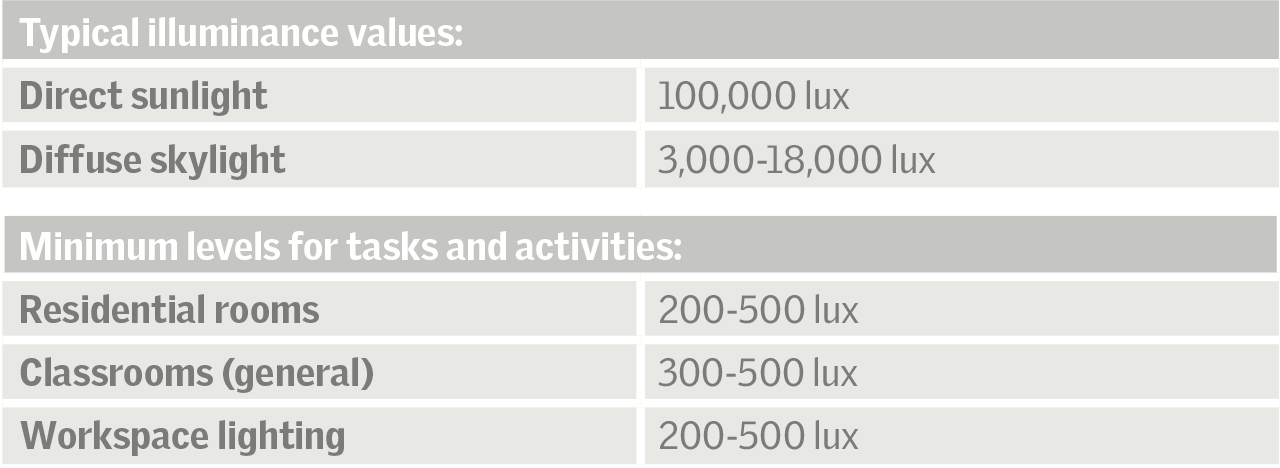
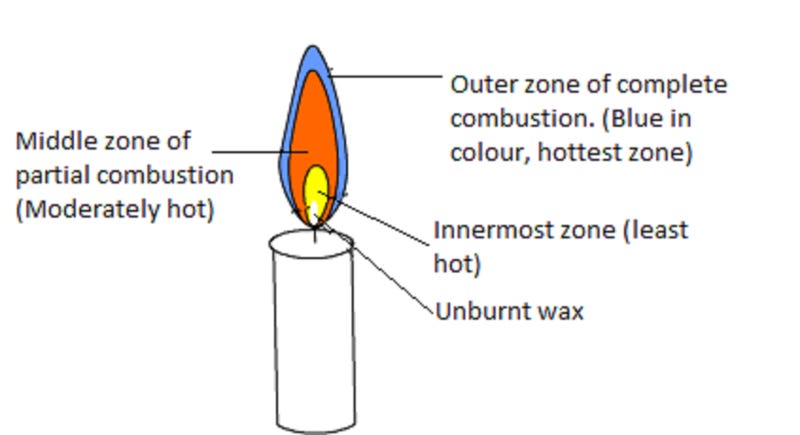
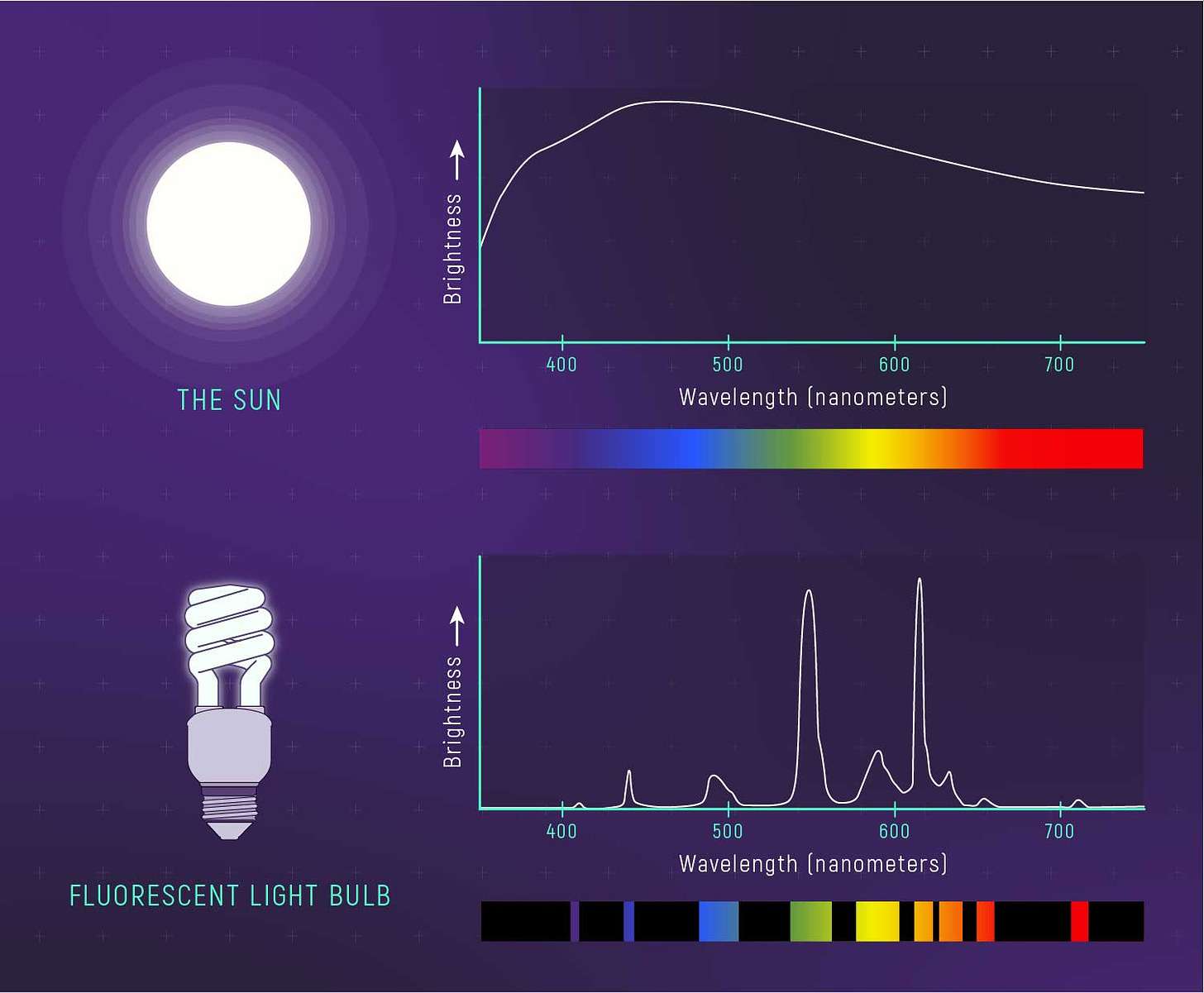
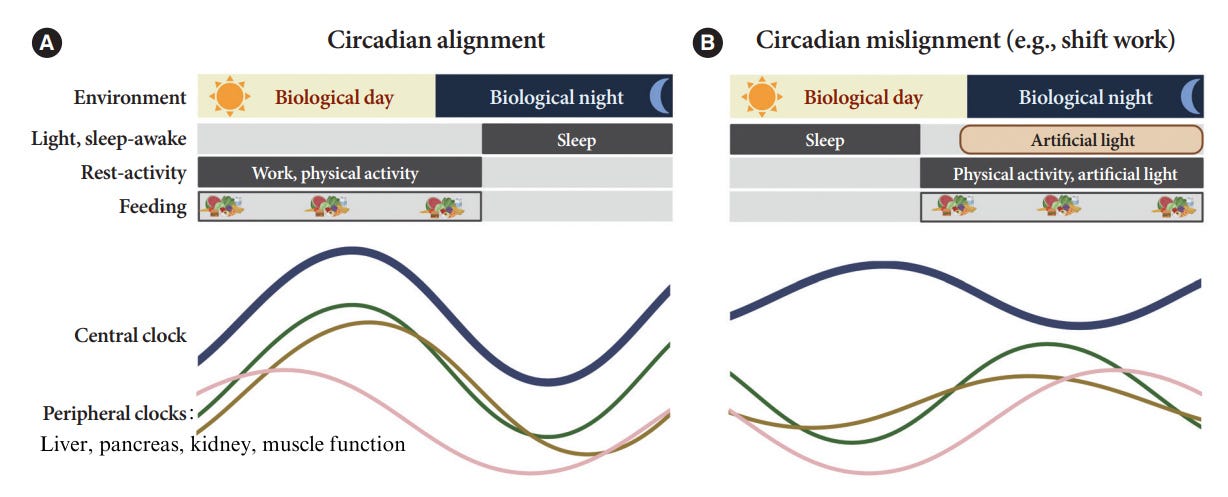
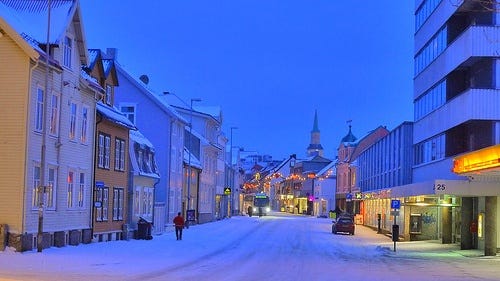
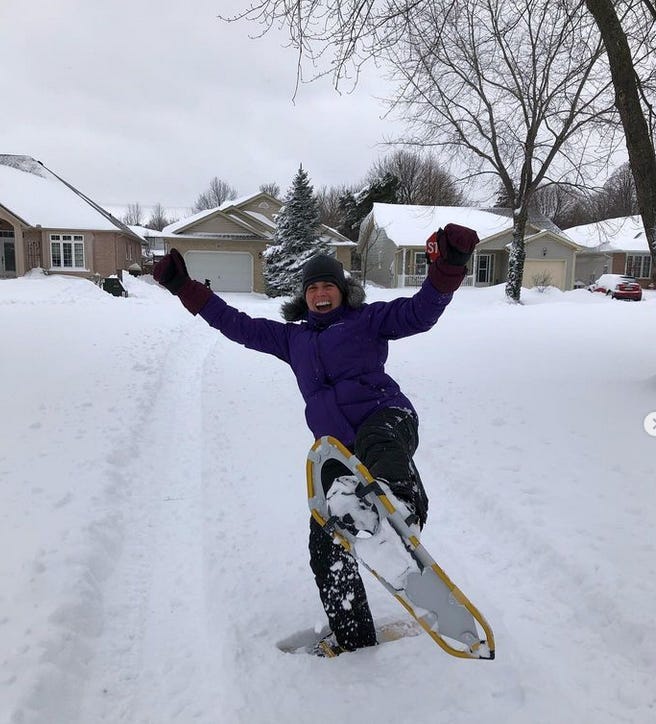
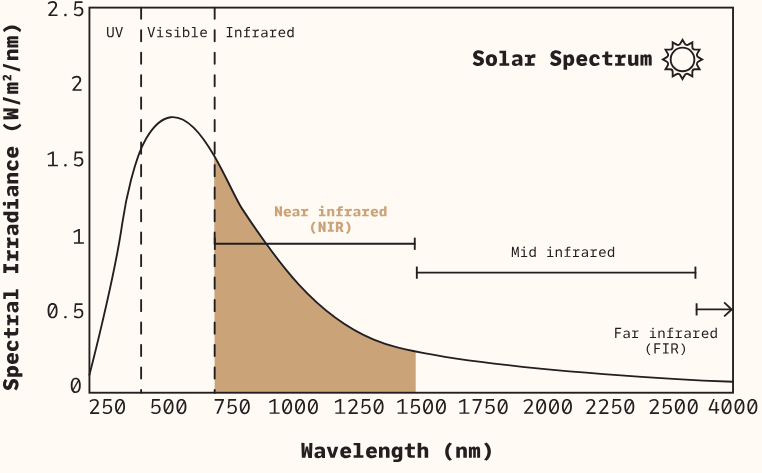
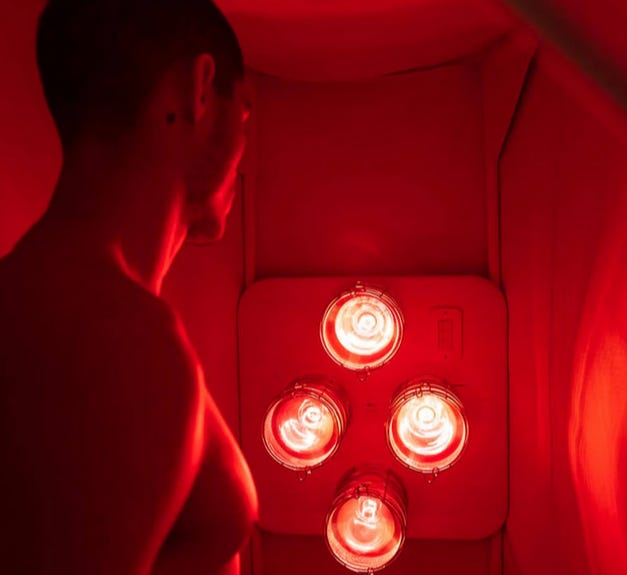

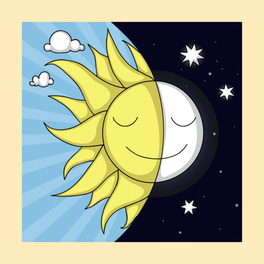


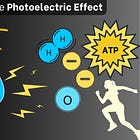
I always hated the winter months and the long darkness; and I'm on the 42nd parallel, not even close to where the Nordics are! One winter about ten years ago, though....I decided I was going to change my own mind. I bought a pair of snow shoes, and forced myself to go out trekking, especially at night. It gradually did change my mind, resulting eventually in such a preference for cold that I spent five winters in my camper sleeping with the door open to let the cold air in. And an appreciation for everything that winter brings; especially the long darkness where I can be so much more creatively productive for long stretches, not being distracted by wanting to be outside walking around barefoot in Nature! I make it a point to get outside and absorb sunlight early, early in the day.....for at least twenty minutes. This is (imo) the best way to reset the circadian clock; an often unrealized but essential mechanism of health. Real, natural light is very powerful, and you certainly CAN banish depression and all the blahs that come along with winter by flipping your lens and taking action in the physical world by changing your habits.
[1] About a year ago I watched a documentary on Norway. The narrator mentioned that children were taught in schools that "There’s no such thing as bad weather, only bad clothing."
[2] I imagine most modern car headlights are LED-based, rich in blue light. I recall the driver training of younger days. We were told never to look directly into the headlight of an approaching vehicle, otherwise we will get dazed and cause an accident. Of course, the caution included not taking eyes off the road (but not "see" the headlight). It seems the same caution now holds for the new car headlights, to minimize the danger from the blue spectrum.